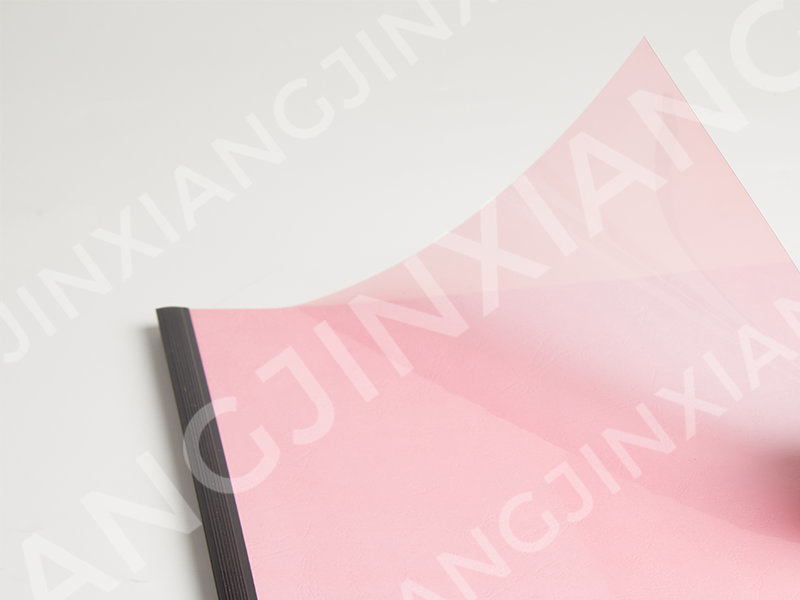Plastic binding covers are protective covers made from various types of plastic materials that are used to encase and enhance the appearance of bound documents. They are commonly used in binding applications such as comb binding, wire binding, coil binding, or thermal binding.Plastic binding covers offer several benefits for document organization, protection, and presentation. Plastic Binding Cover manufacturers provide a clear and durable cover that helps safeguard documents from spills, dirt, and general wear and tear. Plastic covers also offer a professional and polished look to bound documents, making them suitable for presentations, reports, proposals, manuals, and other important documents.
Plastic binding covers are available in different styles, including front covers, back covers, and sets that include both. The front cover is typically transparent or semi-transparent, allowing the first page of the document to be visible, while the back cover is often opaque or colored for added visual appeal.These covers come in various thicknesses, ranging from thin and flexible to thicker and more rigid options, depending on the desired level of durability and presentation style. They can be pre-punched to align with specific binding methods or supplied unpunched for customization.
In addition to their protective function, plastic binding covers can be customized with printed titles, logos, or other graphics to further enhance the professional appearance and branding of documents.
Choosing the correct plastic binding cover thickness is crucial for ensuring optimal document protection and functionality. Here are some considerations to help you make the right choice:
Document Size: Consider the size of the documents you plan to bind. Thicker plastic binding covers are generally recommended for larger documents to provide adequate support and protection.
Document Thickness: Evaluate the thickness of the documents you will be binding. The binding cover should be thick enough to fully encapsulate and protect the document while allowing it to open and close smoothly.
Rigidity vs. Flexibility: Consider the desired level of rigidity or flexibility for your bound documents. Thicker binding covers provide greater rigidity, which can be beneficial for larger documents or when a sturdier feel is desired. Thinner covers offer more flexibility and are suitable for smaller documents or when a more lightweight and flexible feel is preferred.
Binding Method: Consider the binding method you will be using. Some binding methods, such as comb binding or coil binding, may require specific cover thicknesses to ensure proper compatibility and functionality.

PVC FILM/ PLASTIC BINDING COVER
COLOR: Clear/ Transparent Red/Yellow/Blue/Green/Smoky gray/Maroon...
SPECIFICATION : A4 / A3 / Letter / Legal / Customizable
THICKNESS: 100--600Micron, can be customized.
(Best-selling specifications: 150mic/180mic/200mic)
PACKING: OPP bag/ Shrinkwrap / Color box.





 English
English 中文简体
中文简体 Español
Español


















